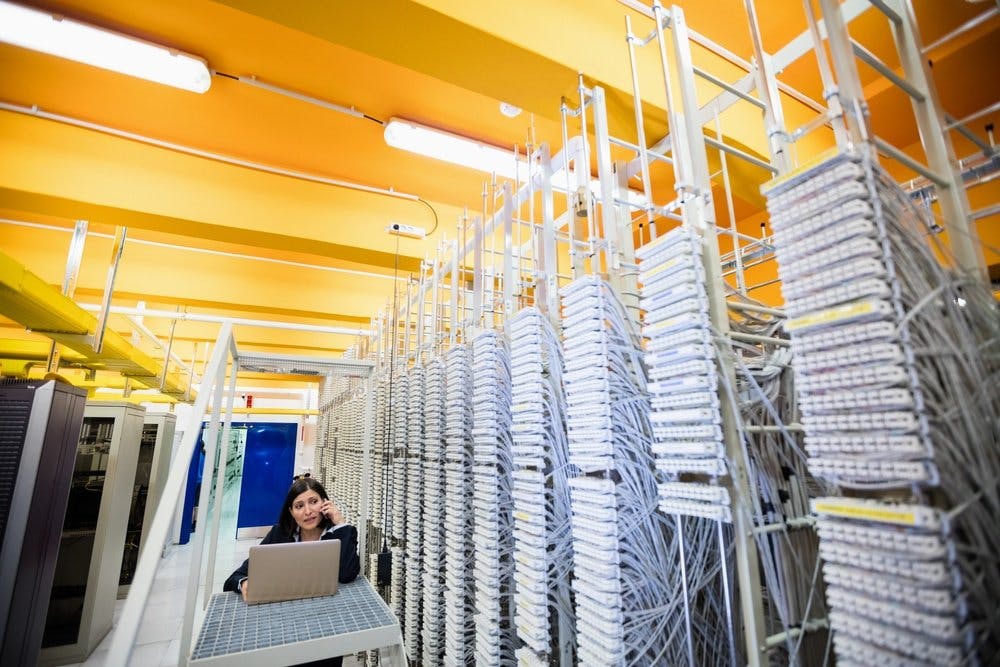Home


Resource Center
All the hype around cellular service of late seems to center on the elusive 5G network. For more than two years now, we’ve heard that it’s coming. And it is — sort of.
As Wired pointed out in an article earlier this year, there is a lot more to 5G than simply shuttling gigabytes to cell phones more quickly. The 5G revolution will serve as an information conduit to connect far-reaching techs, including self-driving cars, virtual-reality gear, drones, and home devices like Alexa.
So, while cellular carriers and solutions integrators are preparing for the transition, in reality 5G won’t likely be ready for prime time for another two to three years. Although its official debut is still a ways off, networks have been laying the groundwork for 5G for some time now in order to meet the requirements that will allow them to deliver the high speeds, low latency and high capacity that 5G promises.
Integrators liken the complete rollout timeline to that of 4G, which in hindsight took about seven years. The timeline for 5G will be comparable. It’s important to understand, too, that the proliferation of 5G doesn’t mean the other networks — including 4G, LTE, or even 3G — will disappear.
Just like televisions offer various types of video resolution from 720P and 1080P, and now 4K, cellular networks will also offer options including 3G, 4G LTE and 5G. While the performance of each and the user experience may differ, they’ll all continue to exist simultaneously.

Who controls what?
Each of the major cellular carriers own a chunk of the existing spectrum, and they are on several different bands, which they each own certain percentages of. To that end, 5G will play an intermediary role to get higher data rates and faster speeds, using some of the bandwidth that’s already available today.
Carrier aggregation combines frequency from different bands to maximize the speeds and reduce latency. There are a lot of ways for carriers to combine and maximize their spectrum and bandwidth.
Flexibility will be key in 5G transition
In the early stages of 5G, flexibility among carriers and solutions integrators will be key. It will be incumbent upon solutions providers to provide carrier-agnostic solutions to help improve service in the transition.
System integrators will need to follow the lead of the carriers. As long as the carriers are working on the existing bands and frequencies, and aggregating, solutions like WilsonPro’s will continue to work seamlessly with those bandwidths. As new bands are added, it will be imperative to work with the FCC to make sure solutions integrators can cover those and that products are kept up to date.
Going forward, the role of solutions integrators offering cellular signal boosting solutions will be to enhance every bandwidth that’s available. This is where WilsonPro’s broadband, carrier-agnostic, passive DAS cell signal boosters excel. No matter how carriers approach the transition, these solutions are future-proofed to meet those demands.
Carrier-specific boosters, on the other hand, have limitations with carrier aggregation to achieve 5G is concerned because they can only enhance a limited amount of bandwidth simultaneously.
While true 5G is still a ways off, ensuring a smooth transition will certainly require flexibility and cooperation between carriers and integrators. There will be testing, trials, and refinement. No matter what the future of 5G brings, WilsonPro will be poised and ready to fill any gaps in signals.
“We have to give carriers the opportunity to be as flexible as possible in this phase,” said Jeff Gudewicz of WilsonPro. “And as they roll it out if there are coverage issues, consumers have the peace of mind that WilsonPro and weBoost products are future proof in that regard.”

